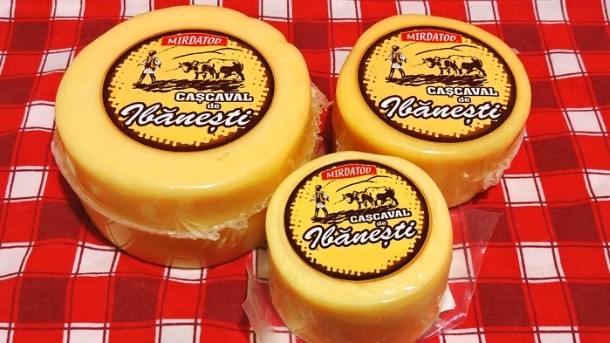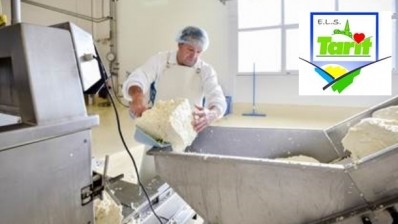Romanian cheese on European protected register

'Telemea de Ibăneşti' is a cheese based on milk obtained from indigenous Gurghiu valley cows, salted by use of brine from the salt water well in Orşova. It is produced by the Mirdatod company in Romania.
The feed for these dairy cows does not include any concentrated feedstuffs, while the minimum annual grazing period is six months.
Cheese characteristics
The cheese has a compact, firm mass with even consistency, and is smooth and buttery. It comes apart easily, without breaking.
Its colour ranges from white to white with slightly yellowish notes, and is uniform throughout the entire mass.
According to the submission for the cheese to be accepted to the PDO register, it has a “pleasant taste which is slightly sweet and sour and slightly salty, becoming stronger as the cheese matures”.
Moisture is below 62% and the fat content of the dry matter is less than 38%. Its energy value is 198 kcal per 100 grams of product. The minimum calcium (Ca) and magnesium (Mg) contents of ‘Telemea de Ibănești’ cheese are, respectively, 400 mg and 35 mg per 100 grams of product.
This type of cheese can be produced throughout the year.
Production techniques
The local method of producing Telemea de Ibăneşti has been passed on from generation to generation. The cheese has to be produced within the territories of Gurghiu, Hodac and Ibăneşti in Mureş county, which in part of the Gurghiu valley.
The long-standing techniques that are still practiced in the production stages of ‘Telemea de Ibănești’ include rapid rennet-based curdling (less than one hour) and breaking the curds to a fine grain.
Utensils of the past that are still used today in the production of ‘Telemea de Ibănești’ include a tool popularly known as the ‘harfă’, for shredding the curd, and other mixing tools, such as the ‘dog de lemn’ (wood board), a craft tool made mainly of wood used for mixing the curd and preventing it from sticking to the sides of the vessel.
Fresh and mature versions
It is marketed using the indications ‘proaspătă’ (fresh) or ‘maturată’ (mature). Fresh ‘Telemea de Ibănești’ can be consumed 24 hours after manufacture. The minimum maturation period for mature ‘Telemea de Ibănești’ is 20 days from the date of manufacture.
The cheese will be added to the list of over 1,330 products already protected.










